Mountain Goats: Nature’s Rock Climbers

Introduction
Have you ever seen a creature so perfectly designed for its environment that it almost seems unreal? Have you ever encountered a mountain goat, the master of rock climbing in the wild? These remarkable creatures challenge gravity itself as they navigate landscapes, with such elegance that it mesmerizes us. What sets them apart. Enables their skills? Let’s embark on a journey to discover the secrets of these fantastic climbers.
Table of Contents
Overview of Mountain Goats
Species and Habitat
Mountain goats are a sight to behold, with their thick white coats and sturdy builds. These majestic animals belong to the species Oreamnos americanus and are found in the rugged terrains of North America, particularly in the Rocky Mountains and Cascade Range. They thrive in high altitudes, often above the tree line, where few other creatures dare to venture.
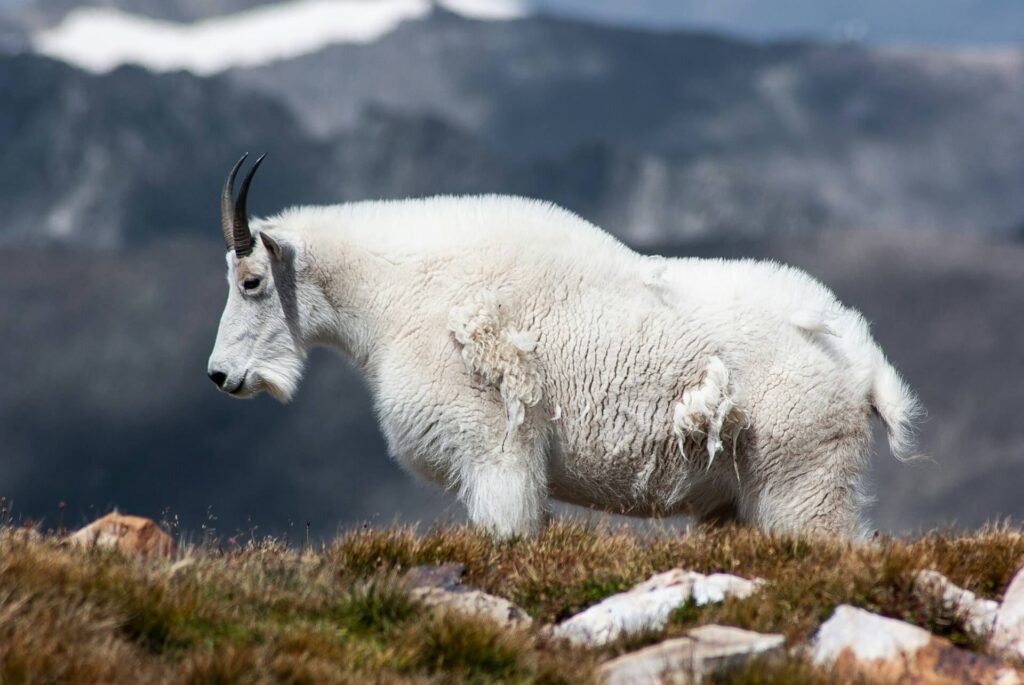
Physical Characteristics
At first glance, you might notice their muscular bodies and long, curved horns. Male mountain goats, known as billies, can weigh up to 300 pounds, while the smaller females, called nannies, usually weigh around 200 pounds. Their thick, double-layered fur keeps them warm in freezing temperatures, and their unique adaptations make them masters of their mountainous domain.
Adaptations for Climbing
Hoof Structure
Imagine trying to climb a vertical cliff with nothing but your bare feet. Sounds impossible, right? Not for mountain goats. Their hooves are a marvel of nature, perfectly designed for gripping rocky surfaces. The outer edges are hard and sharp, providing excellent traction, while the inner pads are soft and flexible, moulding to the contours of the rocks.
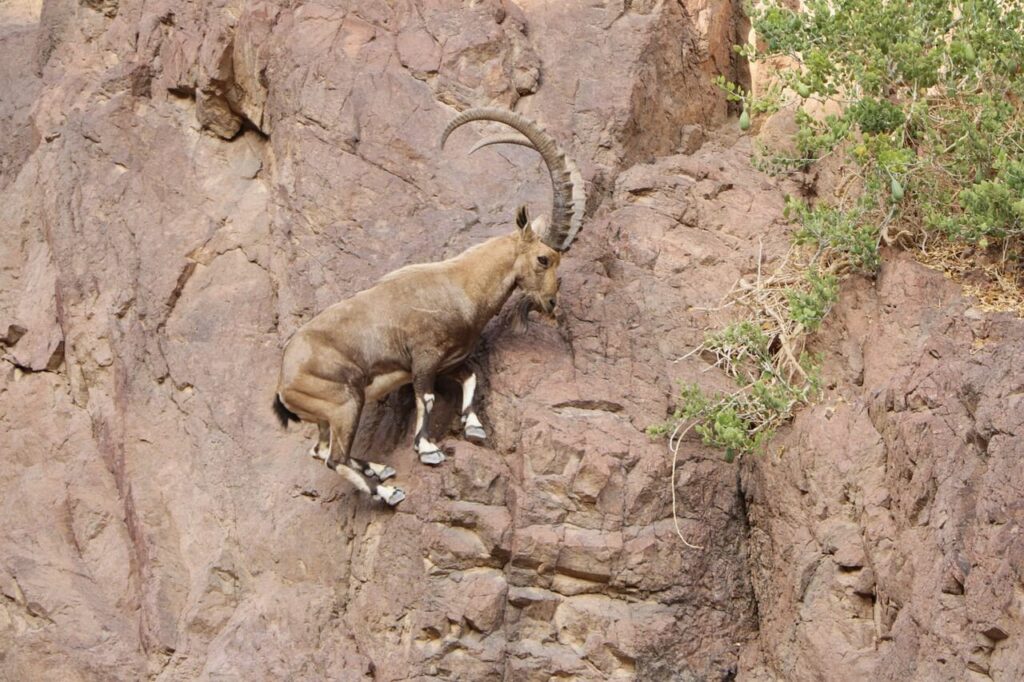
Muscular and Skeletal Adaptations
Their powerful legs are like coiled springs, ready to propel them upwards in a split second. Strong shoulder and neck muscles help them balance and manoeuvre with precision. Even their bones are built for climbing, with a robust structure that withstands the constant impact of jumping and landing on hard surfaces.
Balance and Agility
Balance is critical when you’re navigating narrow ledges and sheer cliffs. Mountain goats possess an extraordinary sense of balance thanks to their specialized inner ear structures. They’re also incredibly agile, capable of making quick, precise movements to avoid danger or catch a foothold.
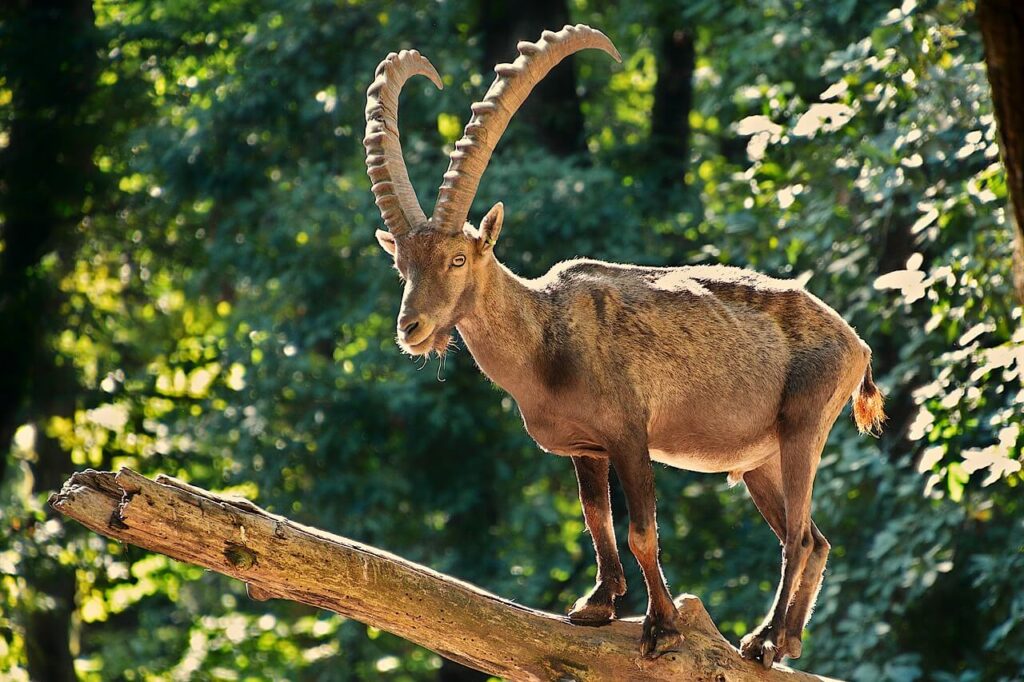
Behaviour and Social Structure
Social Organization
Mountain goats are social creatures, usually found in small herds. The herd’s structure is quite interesting, with a dominant female leading the group. Males typically live alone or in bachelor groups, joining females only during breeding.
Reproductive Behavior
Speaking of breeding, mountain goats have a fascinating mating ritual. During the fall, males engage in fierce battles to win the favour of females. Once the victor is decided, the pair will mate, and the female will give birth to a single kid after a gestation period of about six months. These kids are born ready to climb, taking their first steps on steep, rocky ground just hours after birth.
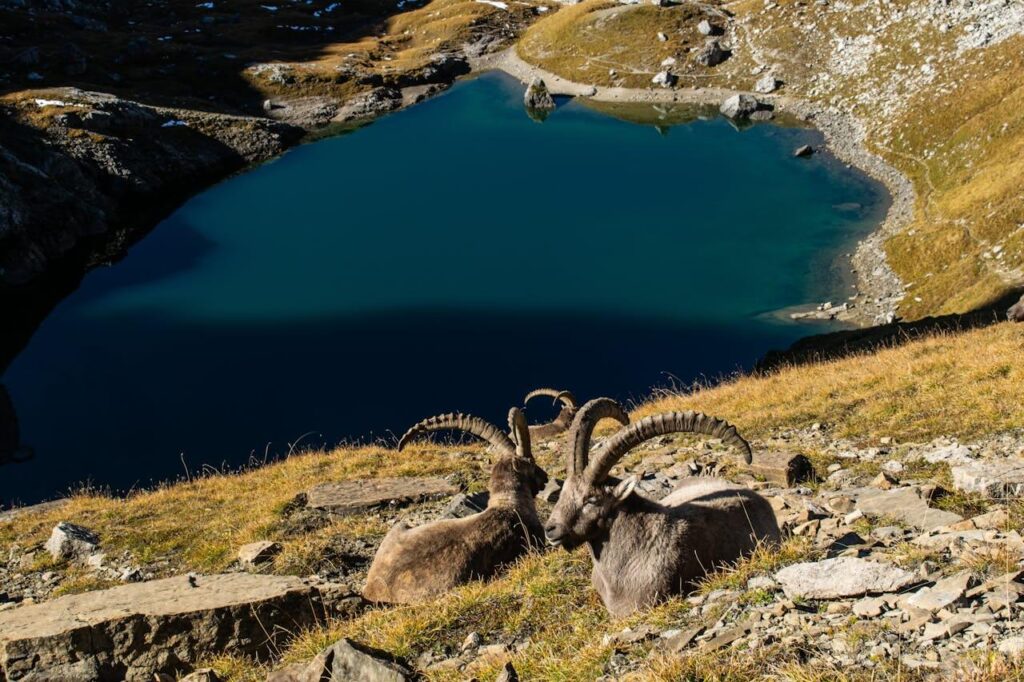
Feeding and Foraging
Mountain goats are herbivores that graze on grasses, mosses, and lichens. Their diet matches the ruggedness of their environment, which frequently requires them to eat deficient plants. Constantly in motion, they tirelessly seek sustenance in environments.
Survival in Harsh Environments
Predation and Defense Mechanisms
Survival in the wild isn’t just about finding food; it’s also about avoiding becoming food. Mountain goats face predators like wolves, cougars, and bears. When threatened, they rely on their climbing skills to escape, often fleeing to the highest, most inaccessible cliffs.
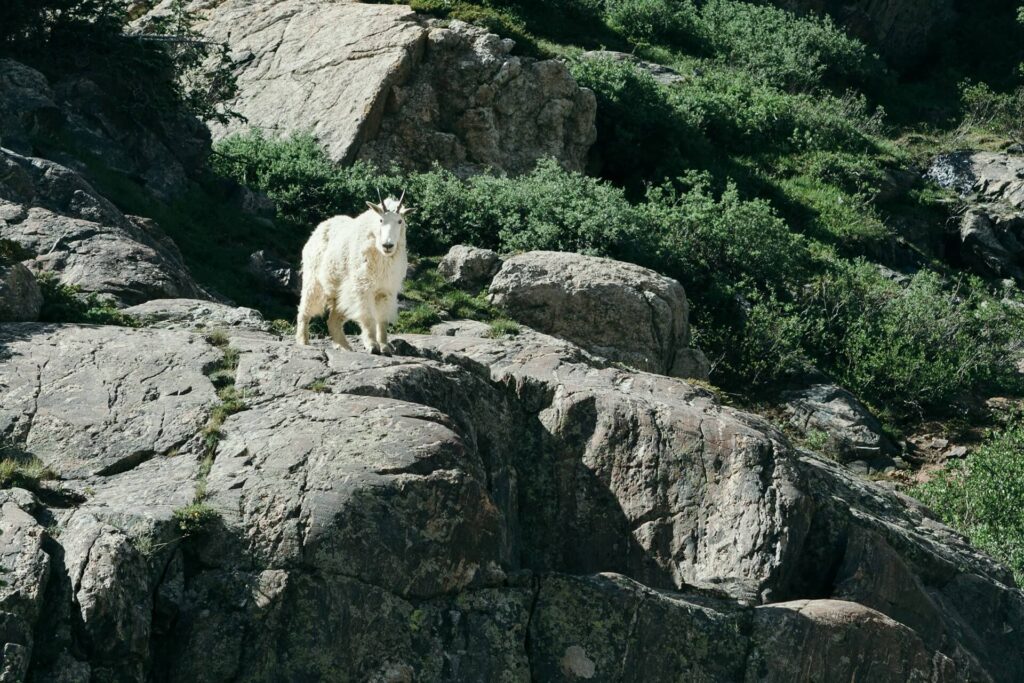
Weather and Environmental Challenges
Living in such extreme environments means dealing with severe weather. Mountain goats are well-equipped for this, with their thick fur and ability to find shelter in rocky crevices. They can endure blizzards and freezing temperatures that would be unbearable for most other animals.
Ecological Importance
Role in the Ecosystem
Mountain goats play a vital role in their ecosystem. They serve as prey for larger predators, helping to maintain a balanced food chain. Their grazing habits also influence the vegetation, preventing overgrowth and promoting plant diversity.

Symbiotic Relationships
Interestingly, mountain goats have symbiotic relationships with other species. For instance, birds often pick insects and parasites from their fur, benefiting both the birds and the goats. These interactions highlight the interconnectedness of life in mountainous regions.
Conservation Status
Threats to Mountain Goat Populations
Despite their resilience, mountain goats face several threats. Climate change, habitat loss, and human encroachment are significant concerns. As their natural habitats shrink, these incredible climbers are forced into smaller, more isolated areas, making survival even more challenging.

Conservation Efforts
Conservationists are dedicated to safeguarding mountain goat populations by implementing strategies such as restoring habitats, monitoring populations and mitigating human-wildlife conflicts. Encouraging results from conservation areas inspires optimism. There remains an amount of work ahead.
Interesting Facts and Myths
Amazing Feats and Records
Did you know that mountain goats can leap 12 feet in a single bound? Or can they climb nearly vertical cliffs with ease? These feats are not just impressive; they’re essential for their survival. There are also tales of mountain goats standing their ground against predators much more significant than themselves, showcasing their bravery and tenacity.
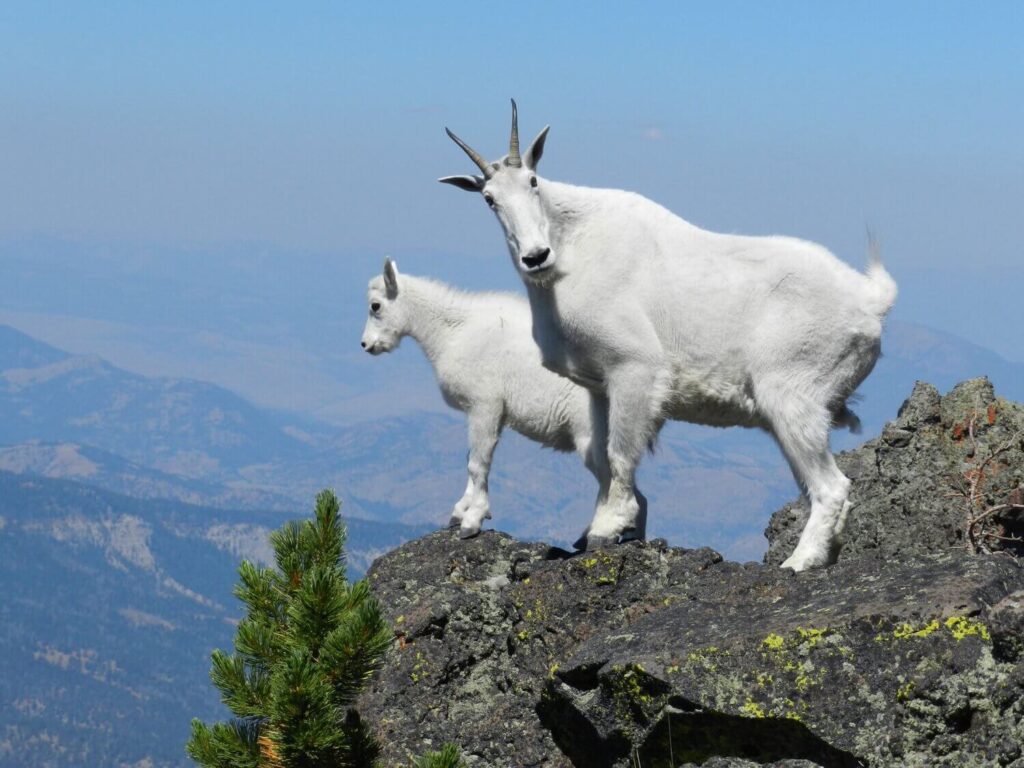
Common Myths and Misconceptions
There are plenty of myths about mountain goats, too. One common misconception is that they have suction cups on their feet, which isn’t true. Their climbing prowess comes purely from their specialized hooves and incredible balance. Clearing up these myths helps us appreciate the real science behind their abilities.
Conclusion
Mountain goats represent more than expert climbers in nature; they symbolize resilience and adaptability. With their features and intriguing social behaviors, these creatures enchant us with their strength and elegance. As we delve deeper into their world it becomes evident that they play a role, in maintaining balance warranting our care and reverence.
So the next time you witness a mountain goat gracefully perched on a cliff, ponder the journey it has embarked upon to reach that point. These magnificent beings serve as reminders of the beauty of the natural realm, motivating us to value and safeguard it.





Amazing animals , would love to go and see them one day , IF ITS OK WITH THEM ?
Amazing we must look after these beautiful creatures.
Waiting to learn if and how the wonderful hosts ever fall? And death.